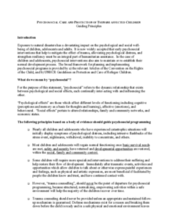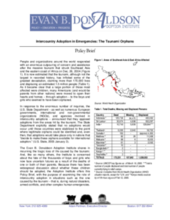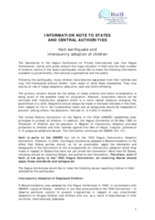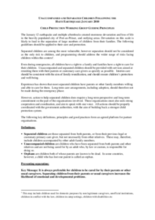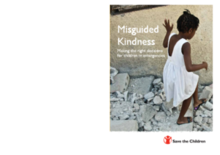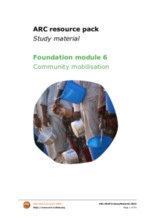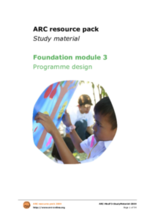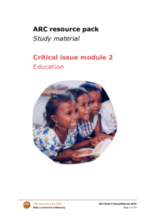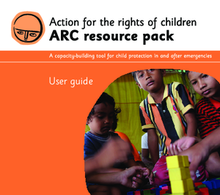Displaying 141 - 150 of 239
Guidance on use of early psychosocial interventions in humanitarian responses to help to mitigate the effect of trauma, alleviating psychological distress, and strengthen resiliency.
Discusses risks associated with using adoption in emergency settings. Additional consideration given on where adoptions can be safely and appropriately facilitated for children with adoptions underway prior to the earthquake.
The Adoption Institute offers this policy brief, with the purpose of examining the role of intercountry adoption in situations such as the one caused by the tsunami – that is, during natural disasters, armed conflicts, and other complex human emergencies
In this Information Note, the Hague Convention urges that the focus in emergencies should first be on child protection, rather than adoption. In the spirit of this Recommendation, it is clear that in a disaster situation, like that brought about by the earthquake, efforts to reunite a displaced child with his or her parents or family members must take priority. Premature and unregulated attempts to organise the adoption of such a child abroad should be avoided.
Address key messages and considerations for preventing separation; ensuring identification, tracing and family reunification is prioritized; and facilitating interim care, alternative care and adoption where necessary.
Using lessons learnt in emergencies, from the genocide in Rwanda to the Asian Tsunami and the earthquake in Haiti, our new report, Misguided Kindness, demonstrates what action is needed to keep families together during crises and to bring separated children back into a safe and nurturing family life.
This module on community mobilisation has been developed as a resource for those humanitarian and emergency workers whose engagement with child protection, brings them into contact with communities.
This module provides practical information, guidelines and participatory tools for taking rights-based approaches to programme planning and implementation.
This module places emphasis on understanding the vital need for reestablishing education during and after an emergency so as to minimise the psychological impact of the event and maximising the opportunity to strengthen preexisting education structures.
The ARC resource pack provides an essential collection of information and training material, to strengthen people’s capacity: to tackle the root causes of children’s vulnerabilities to build effective child protection systems for use in emergencies and long-term development to ensure that no activities inadvertently compromise children’s rights or safety.

